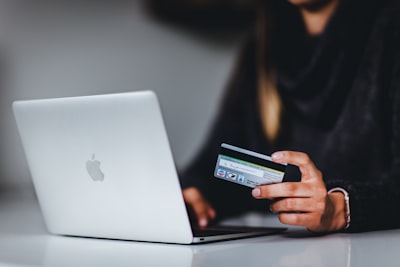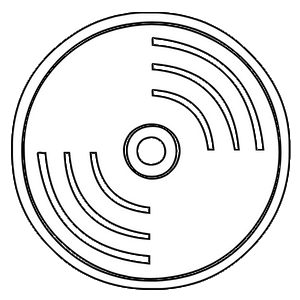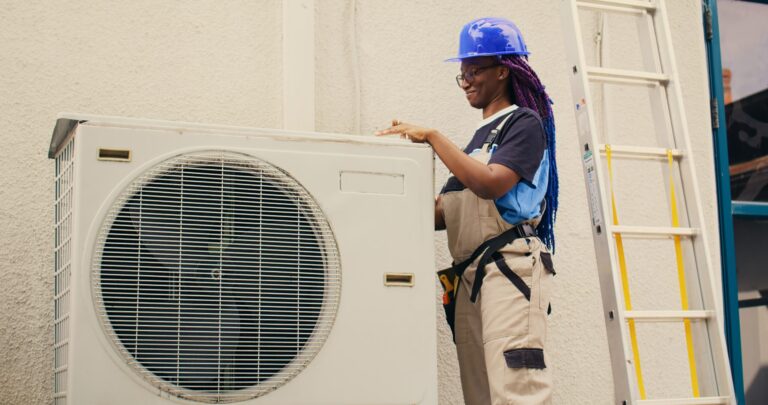Banks and financial institutions are always looking for ways to improve security and prevent crime. In this article, we will discuss some of the best security measures that banks and financial institutions can take to protect themselves. We will also discuss why these measures are important and why we should keep reading.
Implement 2FA or MFA.

Multifactor authentication (MFA) is a security measure that requires more than one type of authentication to verify the user’s identity for online banking. From an investment product to your credit card account, MFA or 2FA can help increase security. The most common type of MFA is a combination of two factors: something the user knows (like a password) and something the user has (like a security token). MFA can also include a third factor, such as something the user is (like a fingerprint).
MFA is an important security measure for banks and other financial institutions because it can help protect against attacks that use stolen passwords or other authentication credentials. MFA can also help protect against man-in-the-middle attacks and other types of attacks that can compromise the security of the user’s account.
Banks and other financial institutions should consider using MFA for all online transactions, including account login, account updates, and financial transactions. MFA can also be used for transactions that occur on the institution’s mobile app.
Encrypt sensitive data.
Encrypting sensitive data transmitted electronically is a security measure used by banks and other financial institutions to protect their customers’ information. Encryption is the process of transforming readable data into an unreadable format. This makes the data inaccessible to unauthorized individuals who may try to access it. The data is decrypted (made readable again) when it is received by the authorized individual.
Encryption is performed using a cryptographic algorithm. A cryptographic algorithm is a mathematical function that is used to encrypt and decrypt data. The algorithm is designed to be very difficult to crack, making it difficult for unauthorized individuals to access the data. From home equity products to automobile loans, you want the extra layer of digital security for all of your fiduciary services. Whether you run a community bank or you work as an investment adviser, incorporate encryption in your processes.
Use firewalls and intrusion detection.
Firewalls and intrusion detection systems (IDS) are two of the best security measures for banks and other financial institutions. A firewall is a system that is designed to protect a computer or network from unauthorized access. It does this by blocking traffic from unauthorized sources. Firewalls can be either hardware or software-based. Intrusion detection systems are designed to detect unauthorized attempts to access or damage a computer or network. They work by monitoring network traffic and activity for signs of malicious or unauthorized activity.
Logging and monitoring.
Logging and monitoring of security events is a critical component of a comprehensive security program for banks and other financial institutions. By tracking security events, organizations can identify potential threats and vulnerabilities, and take appropriate corrective action.
Logging and monitoring systems typically capture data on user activity, system events, and security incidents. This data can be used to generate reports that provide a detailed view of how the system is used and how events are impacting security.
Organizations should carefully select the events that are logged and monitored, as well as the system tools and processes that will be used to analyze and act on the data. Key factors to consider include the volume and complexity of the data, the need to support forensic investigations, and the need to meet compliance requirements.
Organizations should also establish a process for reviewing and responding to security events. This process should include procedures for identifying and investigating potential threats, and for taking corrective action.
Use a surveillance system for banks.
A surveillance system for banks is a system of cameras and other recording devices that monitor the activities of people in and around a bank. This system can help banks and financial institutions deter and investigate crime.
There are many different types of surveillance systems for banks. Some systems use a large number of cameras to monitor all areas of the bank, while others use fewer cameras but place them in strategic locations. Some systems use cameras that are hidden from view, while others use traditional security cameras.
The type of surveillance system used depends on the needs of the bank. For example, a large bank with many different areas may need a system that uses a large number of cameras to monitor all areas. A small bank with only a few areas may only need a system with a few strategically placed cameras.
The main purpose of a surveillance system for banks is to deter crime and to help investigate crimes that have been committed. The system can help protect employees and customers, and can also help protect the bank’s assets.
Follow existing examples.

Whether you’re looking at full-service banking in Southampton, MA or you’re considering a Wells Fargo location near you, you want to use existing security policies to inform your security model. Whether you know a bank that can address suspicious behavior with ease or you know one that has bank security cameras and video surveillance to ward off vandals, use existing examples. There are several banks and credit unions in the area, and all of them offer a full slate of services, from checking and savings accounts to loans and mortgages. All of the banks in Southampton have robust security measures in place to protect their customers and their assets.
The best security measures for banks and financial institutions include a combination of physical security measures and cyber security measures. Physical security measures include security cameras, security guards, and alarm systems. Cyber security measures include firewalls, anti-virus software, and encryption.
The banks in Southampton, MA, have a variety of physical and cyber security measures in place to protect their customers and their assets. All of the banks have security cameras, security guards, and alarm systems. Most banks also have firewalls, anti-virus software, and encryption.
Whether you’re investing in bank security cameras for teller windows to collect video footage or you want a comprehensive security system that empowers your security personnel with IP cameras and analytics, there are plenty of tools you can leverage in your favor. Protect your investments and your fiduciary services using effective tools.













